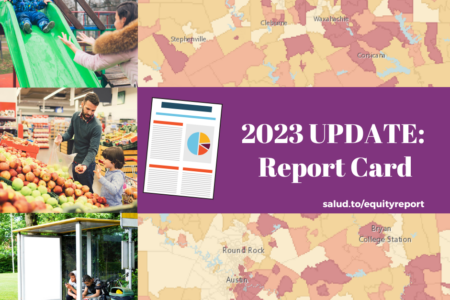
Share On Social!
It has long been known that where you live greatly impacts a person’s overall life and their potential future success. Environment affects health, income, education, and access to opportunities. Many Latinos are often forced to live in low-income, high-poverty, and high-crime areas through a variety of obstacles and barriers put into their paths.
A report from the Metropolitan Planning Council and Urban Institute attempted to determine the real cost of racial segregation in housing. According to the report, this situation is costing the country as a whole billions of dollars each year.
“Our study documents the relationships between segregation and the incomes, educations and safety of a metropolitan region’s residents,” said Greg Acs, the director of the Income and Benefits Policy Center of the Urban Institute and co-author of the study, in an interview with NBC News. “Our findings suggest that efforts to reduce economic and racial segregation could deliver benefits all across metropolitan areas.”
In order to reduce health disparities, it is critical to address inequities in programs, practices, and policies. Join our site, connect with others, and get involved.
The report, entitled The Cost of Segregation, examined data from 100 city metro areas, including Atlanta, Chicago, and New York from 1999-2010.
Some of the report’s findings include:
- While Black-White segregation has declined, Latino-White segregation has increased.
- This segregation has lowered the life expectancies of all races.
- Chicago was ranked the fifth-most segregated city in the U.S.; this could equate to the rise in crime in recent years.
- Regions that are more racially segregated also tend to be more economically segregated.
Read more about the report here.
Read stories similar to this one:
- Results of a new poll have determined the happiest & healthiest state in the US. #SaludAmerica #HealthEquity http://salud.to/2nhYKey
- A new program looks to help more #Latino students achieve in education. #SaludAmerica #HealthEquity http://salud.to/2nJmqJi
By The Numbers
142
Percent
Expected rise in Latino cancer cases in coming years



